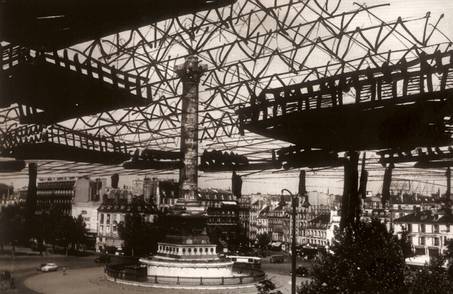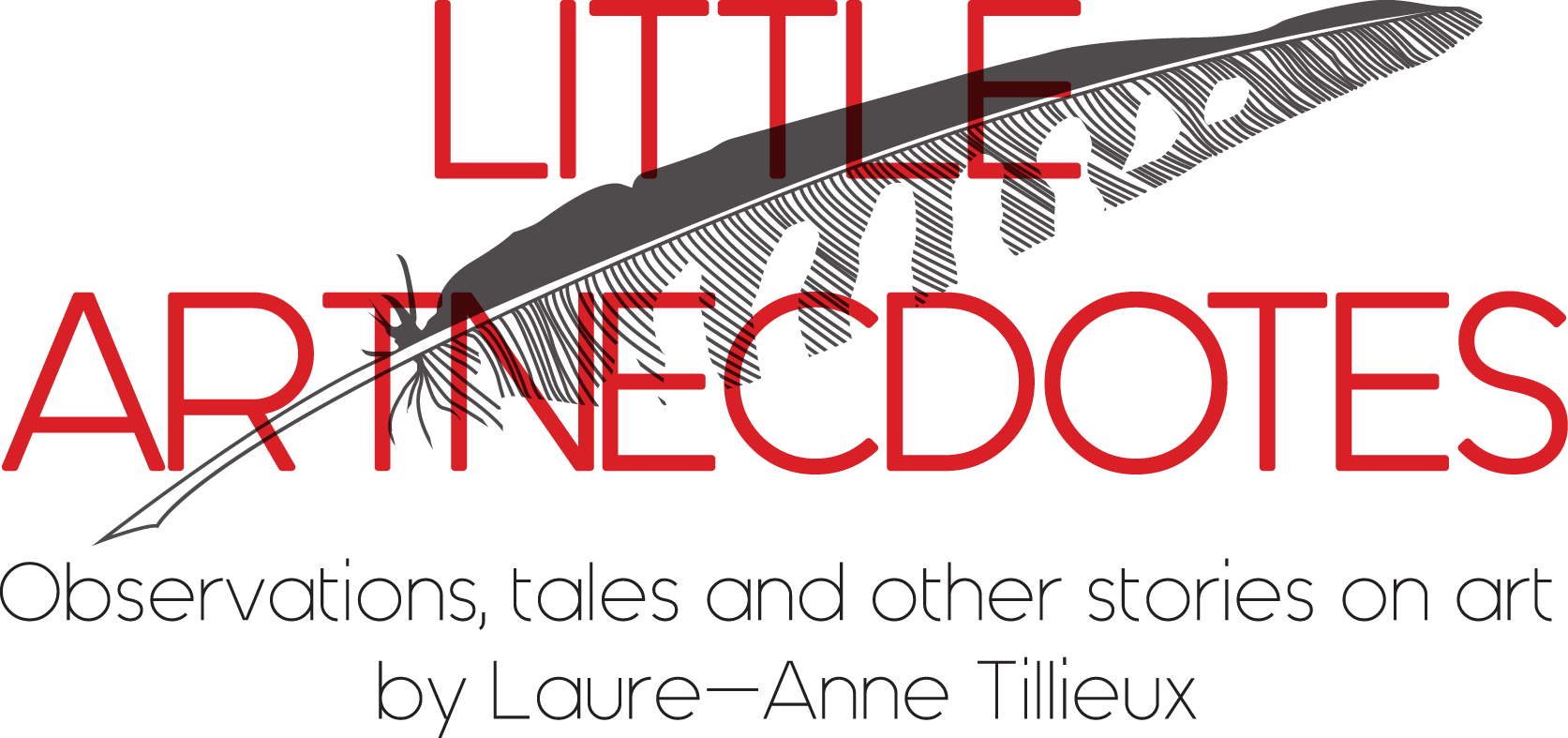
The utopian thinker Friedman
Architect, theorist and urbanist Yona Friedman (1923, Budapest) is not a traditional thinker. Since the late fifties he tries to present a different view of the world with his progressive ideas and concepts about ‘mobile architecture,’ ‘executable utopias, ‘the spatial city’ and ‘self planning’. Hereby he ignores and exceeds the boundaries between disciplines. Even now, at a time when issues of mobility, globalization, urbanization and migration continue to play an important role, Friedman’s concepts are still relevant. Within the architectural history of the 20th and 21st century he is regarded as one of the most important thinkers.
Significant in the life and career of Friedman is his move to Paris in 1957 and the founding that same year of the Groupe d’Étude d’Architecture Mobile (GEAM) that he initiated together with the architects Paul Maymont, Frei Otto, Eckard Schultze- Fielitz, Werner Runhau and DG Emmerich. Their manifesto is L’Architecture Mobile (1958) by Friedman in which the Bulgarian architect rejects the idea of a static city.
Friedman anticipates that the increase in leisure will change society radically and will require a new architecture. He developed this architecture in his project Ville Spatiale (1958-1962), which consisted of temporary lightweight structures elevated above the ground. This could be imagined and spanned above existing cities, the countryside or the water. This would create a continuous landscape that could be appropriated and inhabited by the user. Friedman’s ambition was to help the resident to design his own home and to encourage architects to be more customer-minded.
As a talented self promoter Friedman wrote, drew and taught extensively about his ideas. There are more than fifty books on his research into architecture, ecology and language. He participated in many important international exhibitions like the Venice Biennale in 2003 and 2009, Documenta in Kassel in 2002, and the Lyon Biennale and the Yokohama Triennial in 2011.
